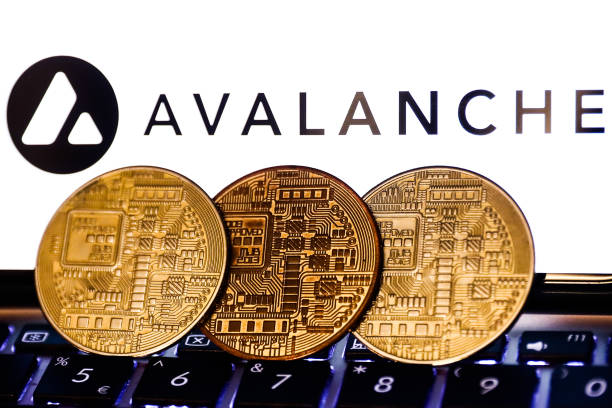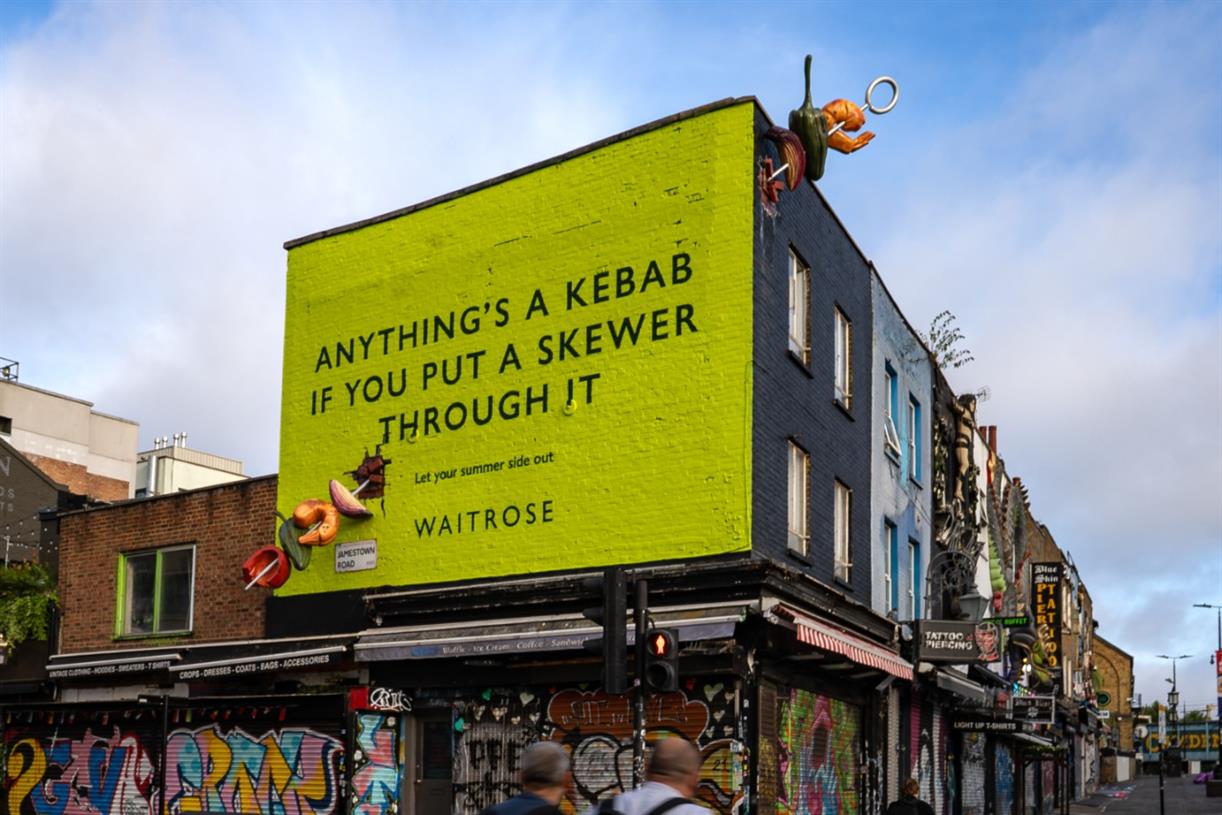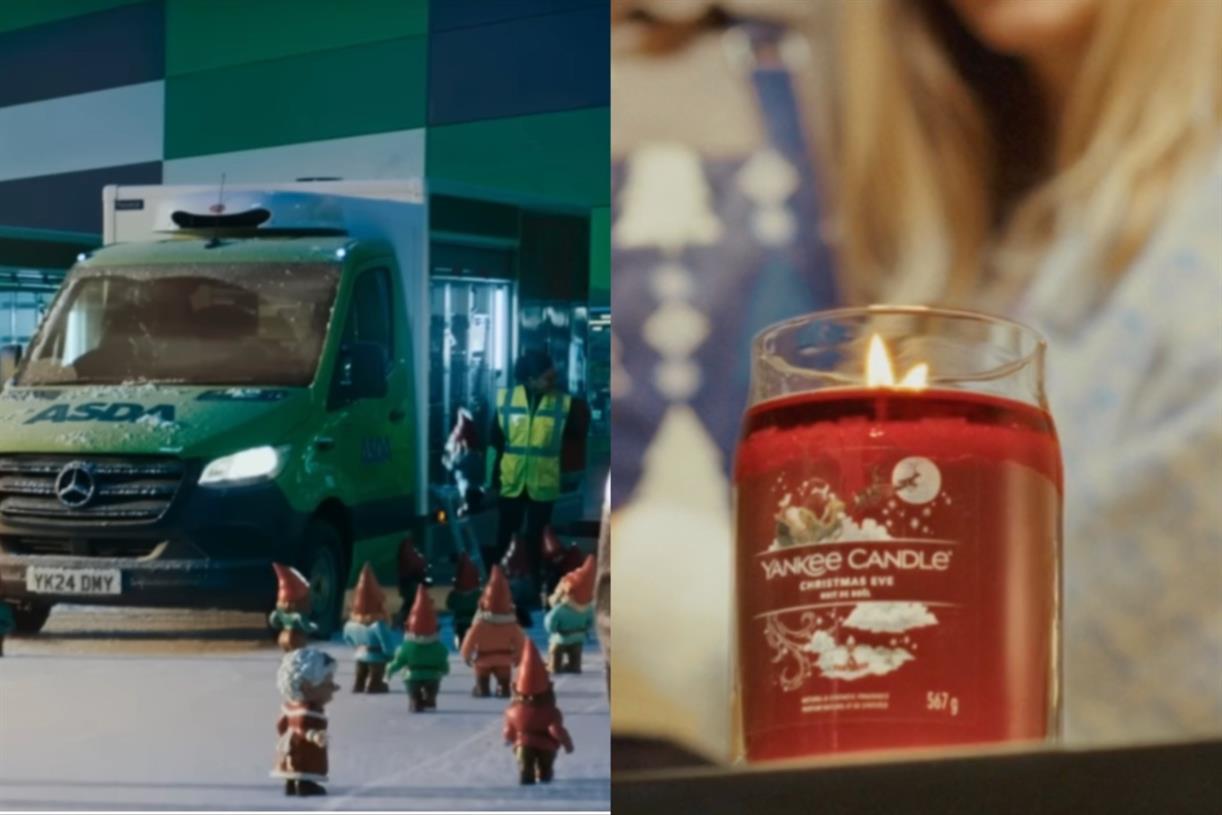Inside Threads’ first month of influencer brand deals and what’s next
Multiple creators have partnered with brands on Threads—and plenty are still eager to do so, even as number of users is plummeting.

Within just a few days of the launch of Threads, Adam Rose became the first content creator to share a sponsored post on the Meta-owned platform, teaming up with Hulu to promote its “Futurama” reboot. Last week, the comedian, actor and writer broadened his sponsored Threads content through a new partnership with VPN service provider Surfshark.
For Rose, who was also an early adopter of TikTok (where he now has more than 4.5 million followers), the opportunity these brand deals offered him to help shape the future of sponsored content on Threads was worth any potential backlash he might face for shattering the so-called “honeymoon stage” of the platform by introducing ads to it, he told Ad Age.
“There was one part of me that felt a little trepidation, because a new platform feels extremely pure, right?” Rose said of working with Hulu. “Nobody was selling anything on there, and there's something really special about that. On the other hand, as a content creator, I love the opportunity to trailblaze in any way. And I don't think it was a shock to anybody that there were going to be ads on Threads at some point. I jumped at the opportunity of being the first, because this is an industry that I want to be at the forefront of.”
Read more: Threads’ first ad deal comes from Hulu and Adam Rose
And while Rose’s Hulu partnership took shape just a few days into Threads’ buzzy launch, when brands were clamoring to make a splash on the new platform, his interest in brand deals on Threads hasn’t waned over the past month and a half—even as the number of people actively spending time on the platform has plummeted.
Threads use has declined by 79% over the past month, dropping from a peak of 49.3 million daily active users around the world on July 7 (two days after its launch) to just 10.3 million by Aug. 7, according to Similarweb. U.S. users are now only spending about three minutes on the app daily, compared to the roughly 20 minutes they spent scrolling the app on July 7, per the marketing intelligence company’s data.
Even amid Threads’ significant drop-off, creators haven’t given up on the platform. Ninety percent of the more than 600 creators surveyed by influencer marketing agency Fohr on Aug. 11 said they are eager to extend their sponsored work to Threads and would be open to a brand deal on the platform “right now.” More than 80% of the surveyed creators reported they’re actively using the platform, even if just occasionally, as they look to capitalize on Threads’ largely unexplored potential as a new monetization source.
Few brands, though, are interested in developing a Threads-specific influencer marketing strategy at this point, said Krishna Subramanian, co-founder of influencer marketing platform Captiv8. Several brands have reached out to Subramanian about how to incorporate the platform into their social media strategies, but few have asked about Threads’ potential role as an influencer marketing medium, he said.
Like Rose, Loreen Hwang, a luxury lifestyle influencer and one of the survey participants, joined Threads in the week of the platform’s launch in July. Within just two days of setting up her account, she was already being tapped for a brand partnership—albeit an unpaid one—with Australian coffee shop chain Bluestone Lane. Though she had fewer than 200 followers on Threads at the time, Hwang was among roughly 30 of the creators in Bluestone Lane’s pre-existing ambassador program that the brand contacted to help generate awareness about its arrival on Threads.
The brand tasked her and its fleet of ambassadors with simply sharing a photo and “starting a conversation” that Bluestone Lane would then jump in on and “see what catches fire,” said Andrew Stone, the brand’s VP of marketing.
“At that point, we were under the impression that we had to be fast. So we decided, ‘Let’s go out to our ambassador friends and see what we can do,’” Stone said of Bluestone Lane’s initial Threads strategy in early July. “I think almost everyone that we reached out to was of that same experimental mindset and wanted to see if they could get people to join the conversation and be part of it.”
In his first few days on the platform, Rose tested different types of content and discovered memes and posts with conversation-sparking prompts resonated most with his followers. He then brought those findings to his brand partnerships, orienting his sponsorship from Hulu around the question, “Which Futurama character are you?” and creating a meme for his Surfshark post. Rose’s early experimentation on Threads made him eager to partner with brands on the platform before most creators, he said.
Jumping on the platform early and building an audience of over 100,000 has also afforded Rose more control over what to charge sponsors for access to his followers, which enabled him to earn “significantly more” from his partnership with Surfshark than he did for his initial sponsorship from Hulu, Rose said. He declined to share how much he earned for either Threads post but said that both brand deals also required him to share the sponsored content to his Instagram story in addition to Threads (the two apps are linked under Meta).
“That’s why I really like being an early adopter on a platform—not just because you get to soak up more attention because there’s fewer people on the app, but also because you get to experience it earlier and learn more about what works and what doesn’t,” Rose said. “And once you figure that out, it doesn’t matter how many people come onto the platform, because everything scales along with it."
Kirsten Alana, a travel photographer and blogger, also jumped at the opportunity to test her followers’ reaction to brand-centric content on Threads. As part of an existing partnership with Mazda to share social media content in exchange for a car, Alana featured the brand and the gifted vehicle in two Threads posts. “In essence, [the posts] were a bonus that I thought fit with the vibe of Threads, so I went ahead and shared [them],” she said in an email.
The smaller user base on Threads—the platform had about 10.3 million daily active users worldwide as of Aug. 7, according to Similarweb—has actually benefited some creators who have struggled to stand out on more saturated social platforms. Threads’ sister app Instagram, for example, has around 500 million daily active users worldwide, per Demand Sage, citing Meta data.
Though she hasn’t yet worked on a sponsored Threads post, food and travel influencer Rachel Samson connected with the team at health club brand ClassPass through a Threads post where she listed three brands she dreamed of working with, ClassPass being one of them.
ClassPass commented on her Threads post with just the word “down” before continuing the conversation in her Instagram direct messages, Samson said. After having struggled to connect with the brand for years by tagging them in Instagram stories and reaching out to them through emails and DMs, her Threads post resulted in her being brought into the brand’s ambassador program in a matter of days, she said.
“That was kind of a breakthrough for me,” Samson said. “And I should be following my own advice—I should be tagging more brands on [Threads], especially while it’s hot, because it’s a way to reach a brand’s social media team in a way that cuts through all the emails and messages I’m sure they get on other platforms.”
Most creators are keen to work with brands on the platform while it’s still largely untapped and they have fewer influencers to compete with; though others are still contemplating whether it’s worth continuing to post on the platform. Cristy Stewart-Harfmann, a family and lifestyle creator and digital marketing adjunct professor at Florida Atlantic University, attributes creators’ continued activity on Threads to a fear of missing out on “the next big platform” rather than genuine interest in the platform.
When TikTok first began to take off in the U.S., she “waited on the sidelines” for too long and later struggled to establish herself on the platform when it was already saturated with creators a couple of years into its popularity, she said, while “all of [her] friends that jumped on TikTok early have these massive accounts now.”
Related: TikTok opens search to all advertisers
“I think as a creator—and I’ve been doing this for 10 years—we’re all looking for the next best thing, because we all know that first-step advantage is so huge,” Stewart-Harfmann said. “When Threads launched, I think a lot of us that didn’t jump on the TikTok train were like, ‘Okay, Threads, this is it. This is the next big thing.’ But now we're all sort of in this almost analysis paralysis and waiting to see if this is going to be a place where it's worthwhile for us to be investing our time.”
Several brands appear to be holding off on developing an influencer marketing strategy for the new platform. Bluestone Lane, for example, hasn’t leaned into its ambassadors for its Threads strategy following its initial flurry of posts when the brand launched on the platform, Stone said. Working with that group of ambassadors allowed the brand to announce its arrival on the platform with a rush of user-generated content, taking some of the initial strain off of the brand’s two-person marketing team already overseeing Instagram and TikTok content, he said.
Over the past few weeks, Bluestone Lane has prioritized its work with ambassadors on Instagram and TikTok instead, while Threads has fallen to a distant third place, he said. The brand hasn’t posted on Threads since the first week of August, and toward the end of July it had shifted its strategy to focus on prompting conversations and jumping on emoji and post structure trends. But Stone is still glad the brand partnered with creators to lay a foundation on Threads and establish an initial audience, despite the current risk that comes along with investing in emerging, and potentially fleeting, social platforms.
“The brands and creators that do invest early in [a new platform] will inevitably see it pay off, because that’s always the key. Whether it’s YouTube or Facebook or TikTok, the guys that are going in early and going in hard to develop their audience will end up being the cash cows of that channel if it takes off,” he said.
Stewart-Harfmann hasn’t posted much on Threads because she accidentally linked a secondary Instagram account to the new platform instead of her primary account, but she’s resolutely continued posting on TikTok’s sister app Lemon8 in hopes of establishing a community on the newer, unsaturated platform, she said. Her friends have questioned her stubborn dedication to Lemon8 when it isn’t earning her any income, but she plans to continue sharing content on the platform for the foreseeable future.
“It’s because you don’t know what’s going to take off,” she said. “You never know.”

 Astrong
Astrong 
































